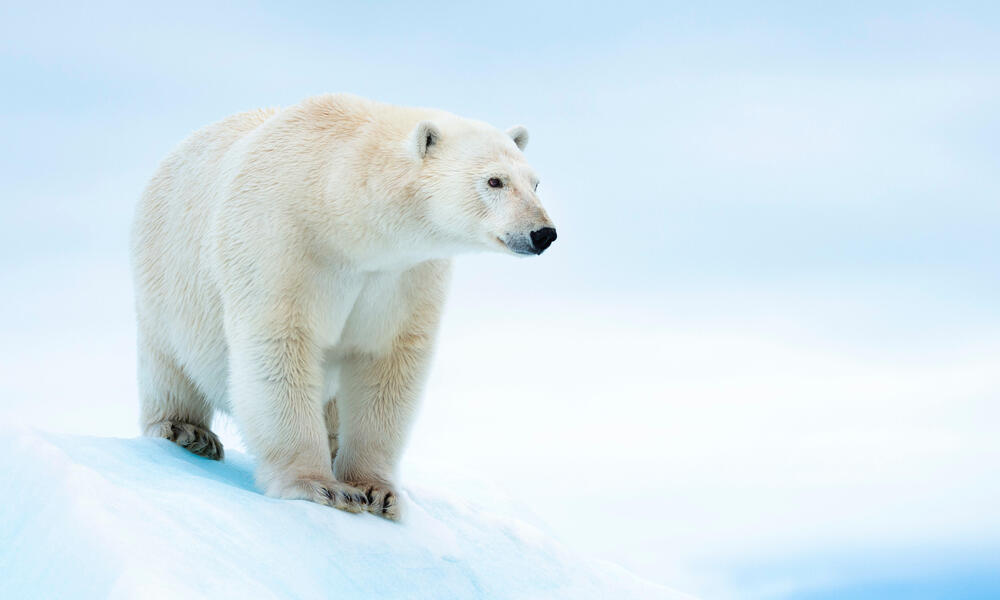The polar bear is a hypercarnivorous bear native to the Arctic Circle, including the Arctic Ocean, its surrounding seas, and land masses. It is the largest surviving bear species and the most significant surviving land carnivore. But did you know that a polar bear’s skin is actually black?
Polar bears have black skin and transparent hollow fur. It is well adapted to the cold climate of this region of the world. Black skin with two thick layers of fur is one of these adaptations. Because of its dark color, it absorbs more sunlight, which causes the animal’s body to heat up.
When Will Polar Bears Become Extinct?
Polar bears live in the Arctic, the world’s most northern region. Polar bears are found in 19 subpopulations across North America and Eurasia. Most of them live in Canada but can also be found in Alaska, Greenland, Russia, and Norway.
It is now estimated that fewer than 26,000 polar bears remain in the wild1, with some subpopulations experiencing steep declines, such as those in western Hudson Bay, where the population has declined by 30% since 1987. Some scientists believe these creatures will be extinct by 2103. (Source: The Polar Guidebook)
Do Polar Bears Share Food with Other Animals?
Polar bears prefer marine mammals because they eat animals with a lot of fatty blubbers. They do not eat arctic foxes and frequently but unwillingly share food with them. This is because polar bears typically leave the meaty part of a carcass behind. Arctic foxes will scavenge on the remains of polar bears.
While polar bears do not usually eat arctic foxes when food is plentiful, they must be cautious when food is scarce because the polar bear may become hungry and hunt the arctic fox instead. (Source: The Polar Guidebook)
When Do Polar Bears Hibernate?
Polar bears do not hibernate like other bears because they spend the winter on the sea ice hunting seals and storing fat reserves for the summer, which they spend on the arctic mainland or small archipelagos.
On the other hand, female polar bears go into a hibernation-like state. They will enter the den around October and have cubs around 60 days later, though they will stay in the den for 7-8 months until they are ready to leave.
During this time, they maintain a low metabolic state by not eating, drinking, urinating, or defecating to conserve energy. (Source: The Polar Guidebook)
The Polar Bear’s Meaty Diet
Polar bears are carnivorous because their primary diet consists of ringed and bearded seals. On the other hand, polar bears are opportunistic hunters and seek other food sources, especially during the summer when they cannot hunt seals.
Birds, terrestrial mammals, and even vegetation such as algae and berries are included. As a result, some experts refer to them as hypercarnivores, animals that consume more than 70% of meat. (Source: The Polar Guidebook)
Do Polar Bears Actively Seek Humans?
Polar bears do not eat humans and try to avoid confrontation, and can often be scared away by shouting or starting an engine.
A review of polar bear attacks on humans between 1870 and 2014 revealed 73 attacks across their entire range, including Canada, Greenland, Norway, Russia, and the United States.
During the 73 attacks, 20 people were killed, indicating that being killed by a polar bear is extremely unlikely. (Source: The Polar Guidebook)
Image from: WWF
